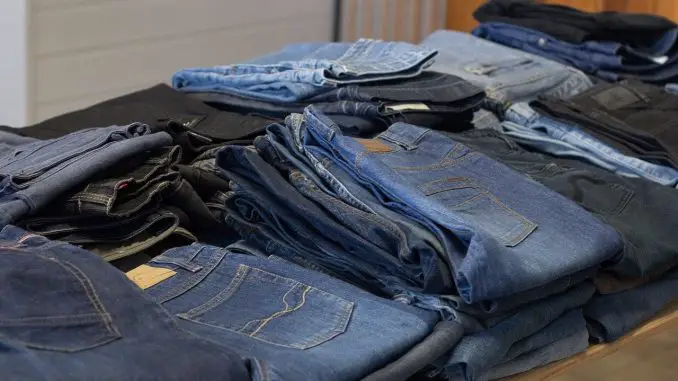
Studies have examined the emissions of secondhand clothing and compared them with emissions from newly produced garments.
The studies, which do not include the customer’s own journey to and from the store, use and waste management, reveals that a pair of newly manufactured jeans caused the same emissions as 197 pairs of secondhand jeans.
A newly produced t-shirt emits 2 kg of CO2, while a second-hand t-shirt emits 0.01 kg. The corresponding figure for jeans is 9.2 kg vs 0.05 kg, for dress 15.2 kg vs 0.05 kg and for a jacket 17.2 vs 0.04 kg.
The report highlights several studies that consider that the single most important parameter to take to reduce the climate impact from consumption is to reduce the consumption of freshly made textiles.
Conclusions from the report:
- Second-hand clothing is 194-394 times less climate-damaging than newly produced clothing, depending on the type of garment.
- The difference between recycling and recycling needs to be clear to everyone, such as legislation that clearly prioritizes recycling before recycling.
- The collection and sorting of textiles needs to be bigger and better in order to meet the sustainability goals.
- How the producer responsibility that many parliamentary parties talk about can be implemented in practice will have a huge impact on the opportunities to increase re-use in society or to develop the sorting processes that must form the basis for future recycling technology of textile fibers.
- If second hand was the norm today, people’s trips to and from the store would be the biggest climate cure.

Leave a Reply